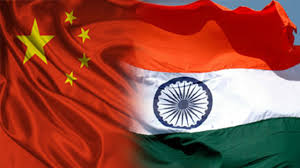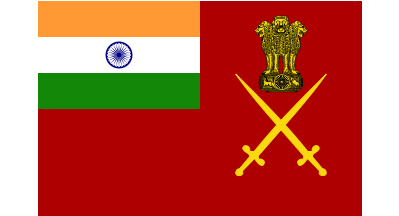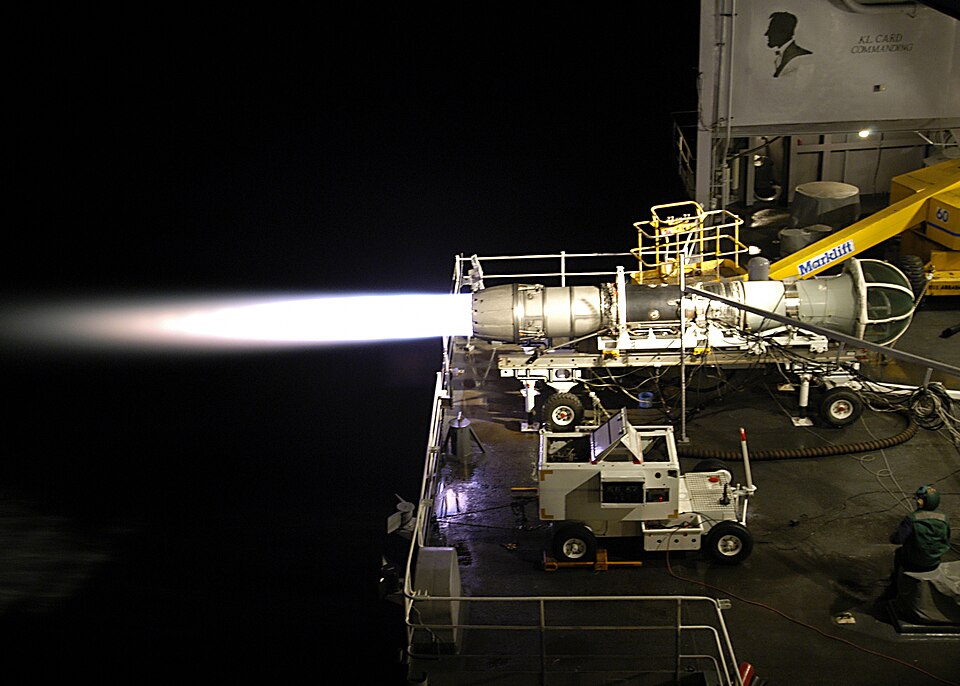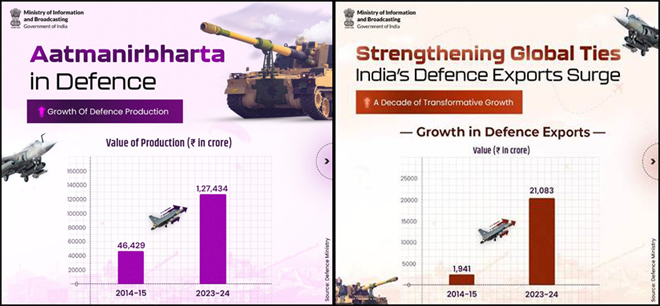
NEW DELHI (PTI): India on Sunday pressed for complete disengagement of Chinese troops at the earliest from Pangong Tso and a couple of other friction points in eastern Ladakh during the nearly 11-hour-long intense negotiations between senior commanders of the two armies, people familiar with the developments said.
The fifth round of Corps Commander-level talks began at 11 AM at a designated meeting point in Moldo on the Chinese side of the Line of Actual Control (LAC) and continued beyond 10 PM, they said.
Even as both sides are engaged in diplomatic and military talks, the Indian Army is making elaborate preparations to maintain its current strength of troops in all key areas in eastern Ladakh in the harsh winter months as a resolution to the border row appears dim, they said.
At the talks, the Indian side insisted on complete disengagement of Chinese troops at the earliest and immediate restoration of status quo ante in all areas of eastern Ladakh prior to May 5 when the standoff began following a clash between the two armies in Pangong Tso, they said.
The Indian delegation was led by Lt Gen Harinder Singh, the commander of the Leh-based 14 Corps, while the Chinese side was to be headed by Major General Liu Lin, commander of the South Xinjiang military region.
The previous round of Corps Commander-level talks had taken place on July 14 and it lasted for nearly 15 hours.
The Chinese army has pulled back from Galwan Valley and certain other friction points but the withdrawal of troops has not moved forward from the Finger areas in Pangong Tso since the last round of military talks as demanded by India, sources said.
India has been insisting that China must withdraw its forces from areas between Finger Four and Eight.
The mountain spurs in the area are referred to as Fingers.
The focus of the talks was to be on finalising the modalities for further de-escalation, and disengagement of troops from various friction points, said the sources.
There was no official word on details of the meeting.
On July 24, India and China held another round of diplomatic talks on the border issue.
After the talks, the Ministry of External Affairs said both sides agreed that an early and complete disengagement of the troops along the LAC in accordance with bilateral agreement and protocols was essential for overall development of bilateral relations.
The formal process of disengagement of troops began on July 6, a day after a nearly two-hour telephonic conversation between National Security Advisor Ajit Doval and Chinese Foreign Minister Wang Yi on ways to bring down tension in the area.
The first round of the Lt General talks was held on June 6 during which both sides finalised an agreement to disengage gradually from all the standoff points beginning with Galwan Valley.
However, the situation deteriorated following the Galwan Valley clashes on June 15 in which 20 Indian Army personnel were killed as the two sides significantly bolstered their deployments in most areas along the LAC.
The Chinese side also suffered casualties in the June 15 clashes but it is yet to give out the details. According to an American intelligence report, the number of casualties on the Chinese side was 35.
The second round of talks took place on June 22. In the third round of military talks on June 30, both sides agreed on an "expeditious, phased and step wise" de-escalation as a "priority" to end the standoff.
Following the Galwan Valley incident, the government has given the armed forces "full freedom" to give a "befitting" response to any Chinese misadventure along the LAC.
The Army has sent thousands of additional troops to forward locations along the border following the deadly clashes. The IAF has also moved air defence systems as well as a sizeable number of its frontline combat jets and attack helicopters to several key air bases.
 Previous Article
Previous Article Next Article
Next Article












The Indian Air Force, in its flight trials evaluation report submitted before the Defence Ministry l..
view articleAn insight into the Medium Multi-Role Combat Aircraft competition...
view articleSky enthusiasts can now spot the International Space Station (ISS) commanded by Indian-American astr..
view article